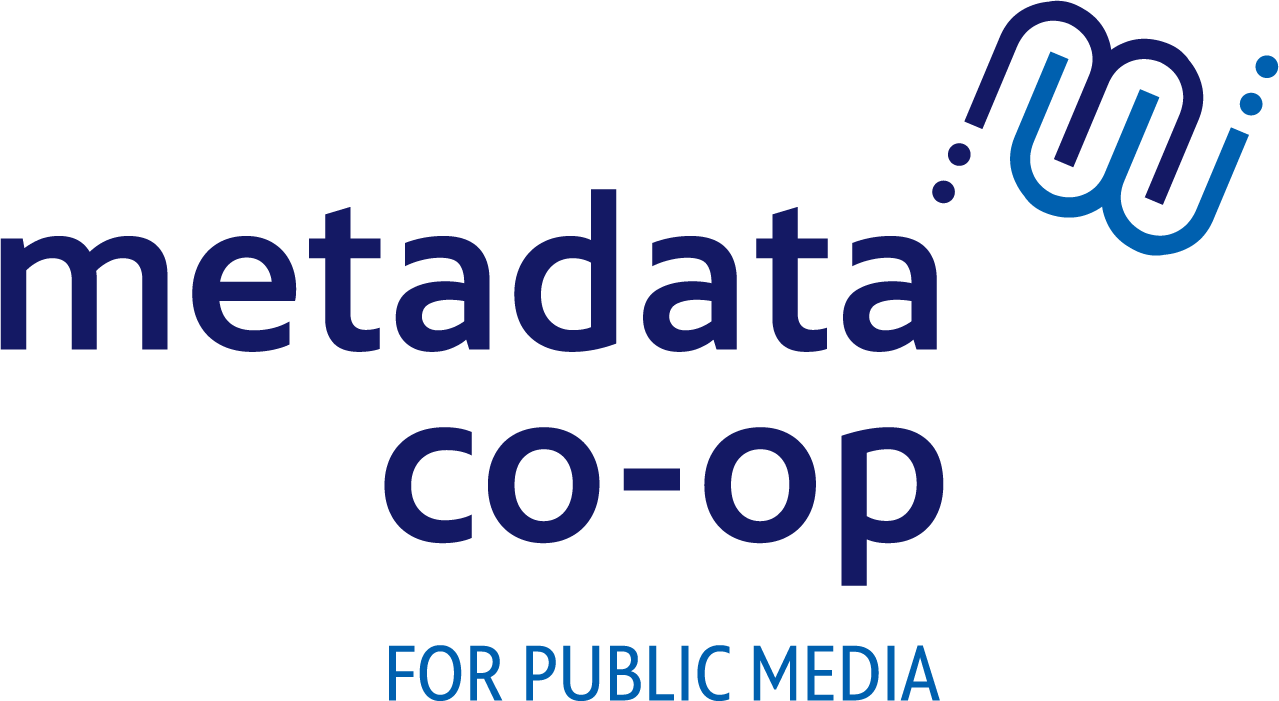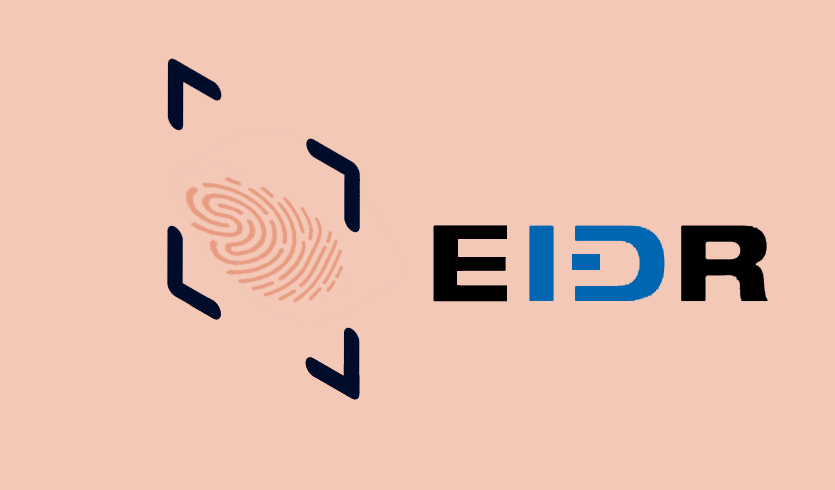What Are Unique Identifiers & Why Do We Need Them?
ISBN's do it for the publishing industry. UPC bar codes do it for retail. Any business with physical inventory uses SKUs. Unique identifiers make complex supply chains work by precisely and unambiguously identifying products.
When there were just three TV channels, no one needed unique IDs—it just wasn't that hard to keep things straight. Today, our industry supply chain is far more complex. The volume of content and the number of platforms keep growing, which makes curating and distributing program metadata a very manual and time-consuming process. Tracking content distribution, rights, and usage is also difficult. For their part, the platforms receiving the metadata have difficulty verifying or updating program metadata and pairing it with the correct files. Incoming metadata from different sources vary widely, and everything has to be checked. Given how complex and manual a process it is to curate, distribute, and process program metadata, is it any wonder that audiences have a hard time finding content?
Unique IDs (social security numbers are a good example) are permanent and can never be re-used or duplicated. (Even if someone dies, their SSN is never re-used or deleted). Unique IDs can be looked up in an official (preferably non-proprietary) registry, a "single source of truth" for the industry. The best unique IDs, such as EIDR, also identify relationships—the Season a show is in, the Series a Season is in, or even a Clip or Trailer of an Episode.
When an entire industry gets behind a common unique identifier, trust goes up, errors go down, and workflows can get automated, saving everyone in the distribution supply line a lot of time.
Why EIDR?
Ten years ago, the big six Hollywood studios agreed to work together and partner with MovieLabs, CableLabs, Comcast, and TiVo as well as Amazon, Google, Netflix, Sony PlayStation, and Vudu to fund and create the Entertainment Identifier Registry, a global, not-for-profit designed to provide its services to the entertainment industry at low cost.
Once their content was registered with EIDR, studios were able to automate their licensing availability offerings ("avails"), rights, and distribution workflows, saving tens of thousands of hours of work for themselves and their distribution, search and discovery partners. As a single source of truth for the industry, EIDR could, in turn, link out to other important IDs such as IMDB, Rotten Tomatoes, and Common Sense Media, among others.
Since then, all of the major U.S. broadcast networks and all public media distributors have signed on, too (see the complete list here) including PBS, APT, and NETA, and we are hard at work registering the content we are distributing nationally so that our industry can realize the same automation and content discovery benefits.
What About Gracenote?
Gracenote's TMS ID is another critically important identifier in our industry, but it serves a different purpose than EIDR.
EIDR allows content creators to create unique identifiers for their content using a small number of fields (just enough data to ensure that no two records are the same), and EIDR acts as a non-proprietary resource, accessible to all. (In fact, anyone can look up an EIDR ID at eidr.org.)
Gracenote (which is owned by Nielsen) curates a much richer set of descriptive metadata for search and discovery (theme, genre, mood, keywords, suggested similar titles, Nielsen ratings, etc.), and TMS IDs are proprietary. That said, Gracenote and the other industry aggregators are vital for search and discovery, so it's not a question of whether to EIDR or TMS—both are key, and the recommended best practice is to add the TMS ID to EIDR, thereby creating a rich web of program metadata ultimately greater than the sum of its individual parts.
Why do I, as a Station or Content Creator, Need to Know About EIDR?
To ensure content discovery, metadata needs to begin as soon as the content is green-lit for distribution, which means that producers or those working with them will need to be involved in its creation, starting with EIDR.
Stations distributing local, regional, or digital-first content will want to register with EIDR to ensure their content is discoverable—and they can do it for free.
Programming, production, & digital content teams: Join us at the Introduction to EIDR Webinar to learn more and get started!
Links for Learning More About EIDR:
Take your learning a step farther with these learn more links:
• "Identify & Automate: How the Entertainment Industry Can Monetize EIDR Universal Content Identifiers," (M&E Journal, Winter 2019)
• "MovieLabs on the the Importance of EIDR to the Future Media Supply Chain," (MESA, 2019)
• "Five M&E Tech Trends to Watch in 2020," (TV Technology, Jan 17, 2020)




